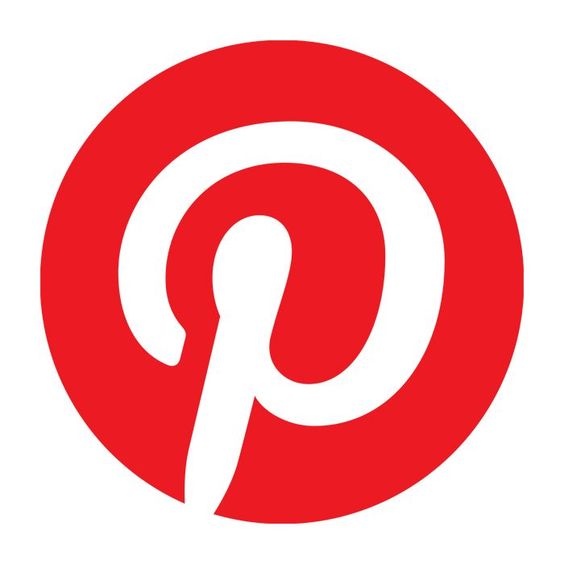At Good Story Blog, we love sharing stories that inspire, inform, and connect people. Our goal is to give you interesting and useful content on topics that matter to you.

Pinterest might not be the first platform that comes to mind when thinking about SEO, but its potential to drive traffic and boost your online presence is remarkable. With over 400 million active users, Pinterest is a powerful visual search engine that can significantly enhance your SEO strategy if used effectively. Here’s how you can leverage Pinterest to improve your SEO and increase visibility for your website.
1. Optimise Your Pinterest Profile
The first step in harnessing Pinterest for SEO is to optimise your profile. This includes:
- Choosing a keyword-rich username: This helps people find you more easily in Pinterest’s search function.
- Writing a clear, descriptive bio: Include relevant keywords that describe what you do or offer.
- Adding a link to your website: Drive traffic directly to your site by including your URL in your profile.
2. Create Keyword-Optimised Boards
Your Pinterest boards should be organised and well-labeled, not just for user experience but also for SEO purposes. Pinterest’s algorithm uses keywords to categorise your content, so:
- Use relevant keywords: Research Pinterest-friendly keywords in your niche. Use these in your board titles and descriptions to increase discoverability.
- Niche down your boards: Create specific, targeted boards rather than broad ones. This increases the likelihood of your pins appearing in search results for particular topics.
- Write detailed board descriptions: Use this space to include long-tail keywords and a clear explanation of what users can expect from your board.
3. Pin Regularly and Strategically
Consistency is key on Pinterest. Regularly adding fresh content signals to Pinterest’s algorithm that your account is active, which helps improve your visibility. Here’s how to pin strategically:
- Focus on quality over quantity: Don’t flood your boards with irrelevant pins. Instead, focus on quality pins that align with your content and target audience.
- Create eye-catching visuals: Pinterest is a visual platform, so create high-quality images that stand out. Incorporate bold fonts, attractive colours, and clear images.
- Pin your own content: Each time you create a new blog post or piece of content, pin it to Pinterest. Link it back to your website to drive traffic.
4. Optimise Pin Descriptions
Each pin you share should have a clear, keyword-rich description. Like traditional search engines, Pinterest’s search algorithm relies heavily on keywords to rank content. To optimise your pin descriptions:
- Incorporate relevant keywords: Use a combination of broad and long-tail keywords that align with your content.
- Include a call to action: Encourage users to click on the pin and visit your website by adding phrases like “learn more” or “click to read.”
- Use hashtags wisely: Pinterest allows hashtags, so use a few relevant ones to make your pins more discoverable.
5. Engage with Your Audience
Like other social platforms, engagement is crucial on Pinterest. When you engage with users, it signals to Pinterest’s algorithm that your content is valuable. Some ways to boost engagement include:
- Re-pin others’ content: Curate content from others to build a well-rounded Pinterest profile. This can also increase your visibility if others reciprocate by sharing your pins.
- Respond to comments: If someone comments on your pin, take the time to reply. This can lead to better engagement and an increased following.
- Follow relevant accounts: Engage with other creators or businesses in your niche. It’s a way to network while increasing your own visibility.
6. Use Rich Pins
Pinterest offers a feature called Rich Pins, which provide more detailed information about your content directly on the pin. There are three types of Rich Pins—product, recipe, and article pins. To enable these:
- Add metadata to your website: You’ll need to add meta tags to your site for Pinterest to pull the relevant information.
- Apply for Rich Pins: Once your site is set up, apply for Rich Pins through Pinterest’s validation tool. Using Rich Pins enhances your SEO because they automatically sync information from your website, keeping everything up to date and driving more traffic to your site.
7. Leverage Pinterest Analytics
Pinterest Analytics offers a treasure trove of insights into what’s working and what’s not. Use these insights to refine your SEO strategy:
- Monitor your top-performing pins: Identify which pins drive the most traffic and engagement, then create more content in a similar vein.
- Track audience demographics: Learn more about who is engaging with your content, including their interests, location, and device usage.
- Adjust based on performance: If certain boards or pins aren’t performing well, tweak the content, keywords, or visuals to improve their reach.
8. Link Pinterest to Your Website
Finally, don’t forget the importance of cross-promotion. Pinterest allows you to link directly to your website, so ensure you’re doing this at every opportunity. Some key ways to connect Pinterest and your website include:
- Pinning blog posts and articles: Each blog post should have a corresponding pin that links back to the original article on your website.
- Adding Pinterest share buttons: Make it easy for users to pin your content by adding Pinterest share buttons to your blog and website.
- Embedding Pinterest boards: If relevant, embed a Pinterest board or individual pins directly onto your website. This not only showcases your Pinterest presence but also encourages visitors to engage with your Pinterest content.
Final Thoughts
Pinterest is much more than a visual platform—it’s a powerful SEO tool that can help you increase traffic, boost brand visibility, and engage with your audience in a meaningful way. By optimising your profile, boards, and pins for SEO, you can improve your ranking in Pinterest’s search engine and drive more organic traffic to your website. Start applying these strategies today, and watch your SEO efforts soar!









